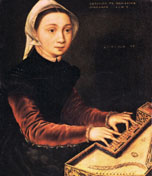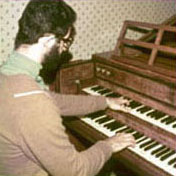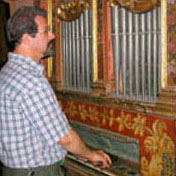Contents of the book
- INTRODUCTION — Foreword • Articulation • Position of hands and fingers • Crossing the fingers
- DIATONIC SCALES - RIGHT HAND — 16 Rules (*)
- DIATONIC SCALES - LEFT HAND — 16 Rules (*)
- ORNAMENTED SCALES — 7 Rules (*)
- PASSAGES OTHER THAN SCALES — 15 Rules (*)
- CATALOGUE OF WORKS FINGERED BY THE AUTHOR
- LITERATURE CITED — Ancient literature • Modern literature
(*) After the Rules, at the end of every chapter we have included examples fingered by the author, covering passages with special difficulties in well-known Baroque keyboard works.
Some important features of the book
- A consistent and full reconstruction of the keyboard fingering system prevalent throughout Europe from around mid-17th century till around mid-18th century, the heyday of the Baroque musical era.
- A full coverage of the technique, allowing to play with old fingerings even the most difficult pieces of the time, including J.S. Bach who—as shown by extant evidence—is most likely to have played with old fingerings.
- A practical organisation of the matter in rationally grouped and logically explained rules.
- Excerpts from Baroque music scores with 177 fingered examples.
- A method validated not only by the historical sources, but also by decades of successful public performance, including advanced works such as J.S. Bach's concertos for harpsichord and strings.



